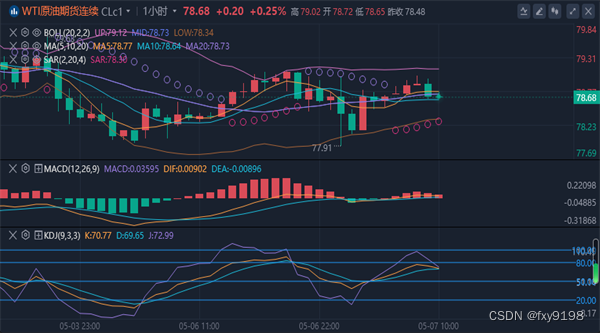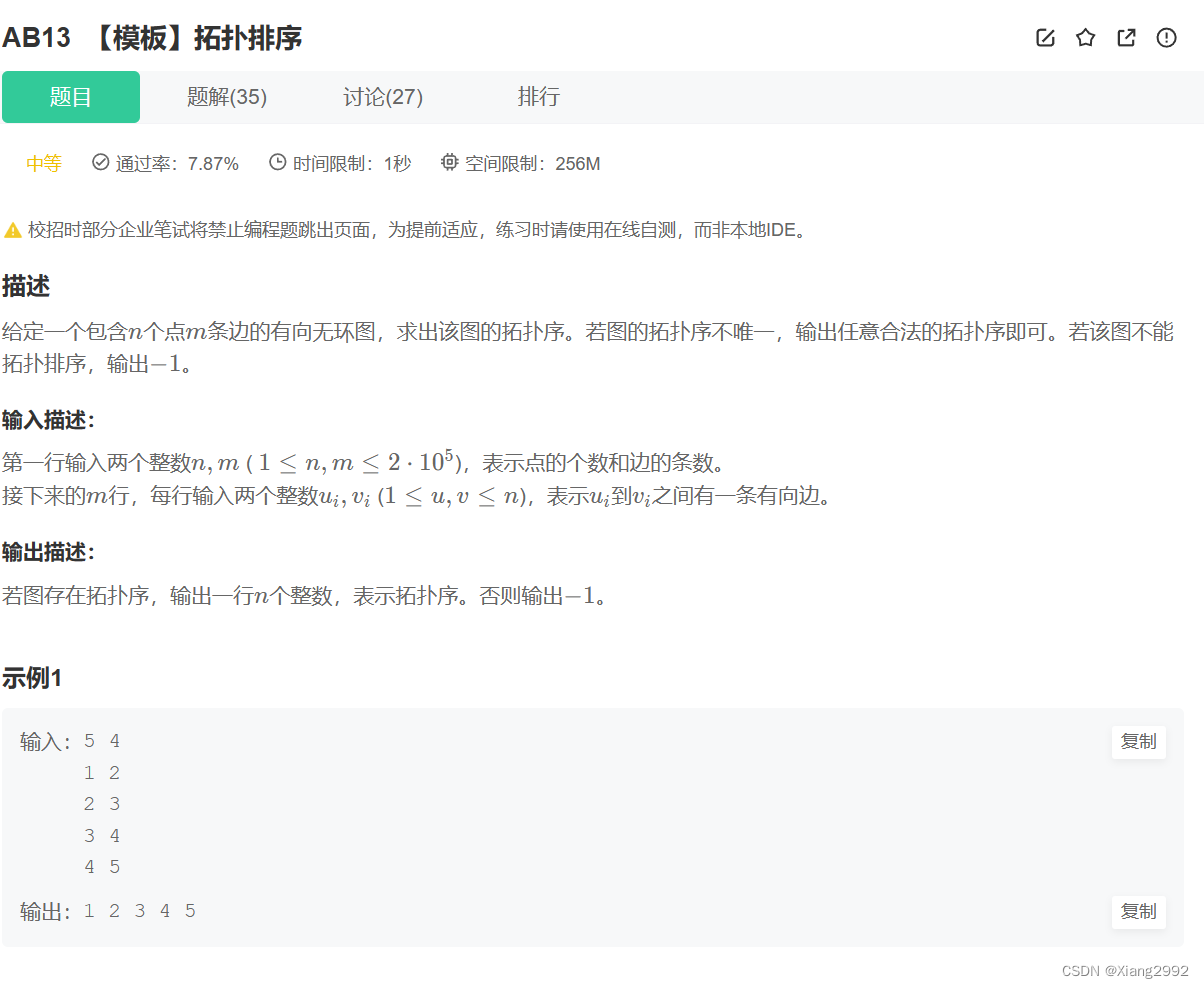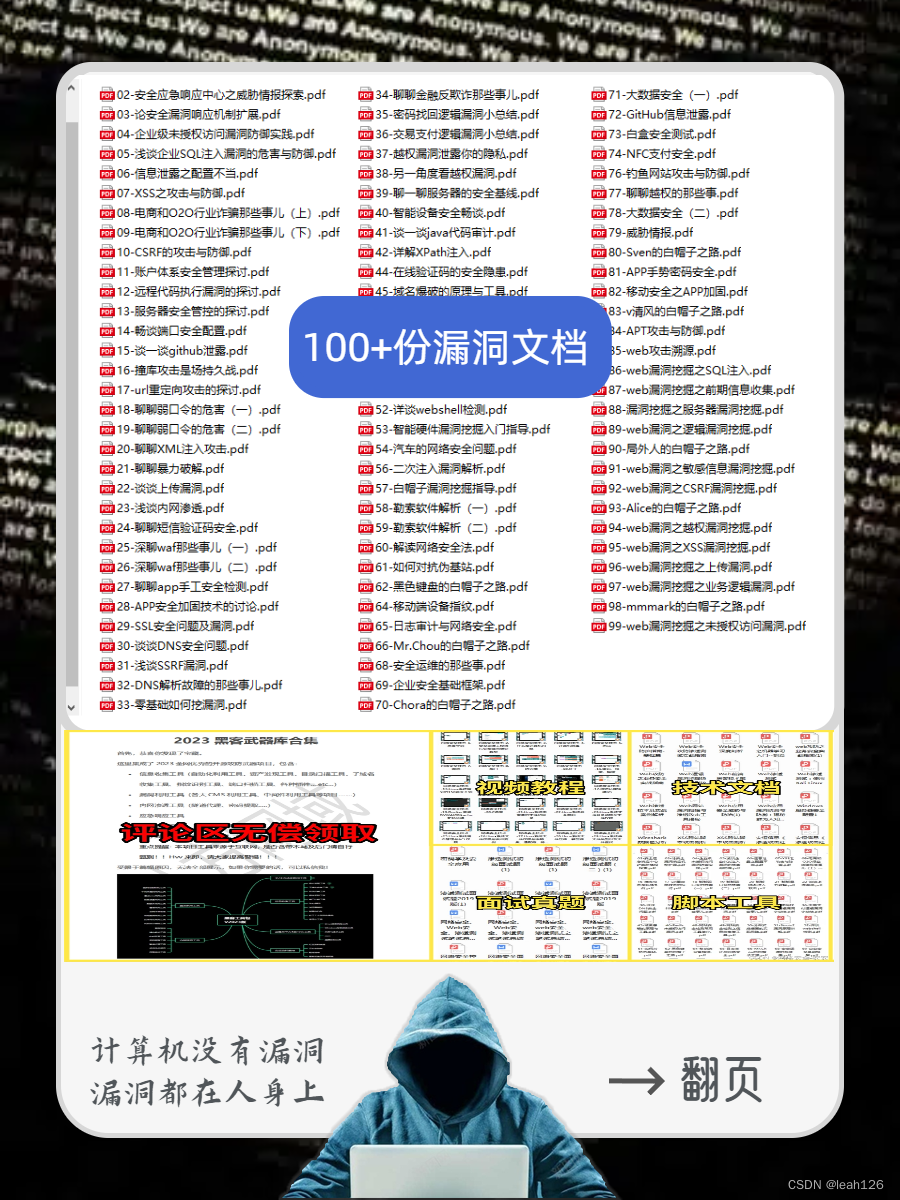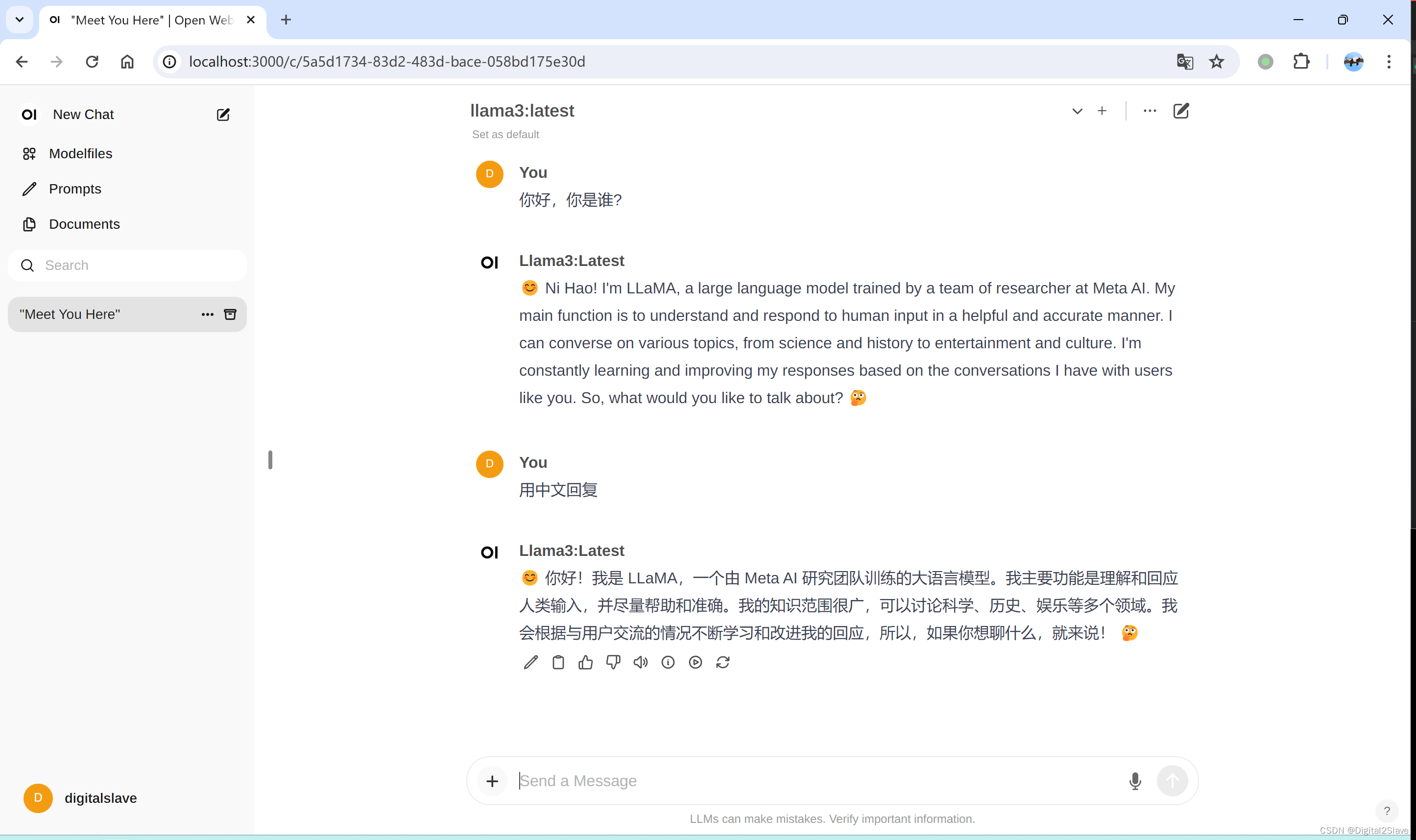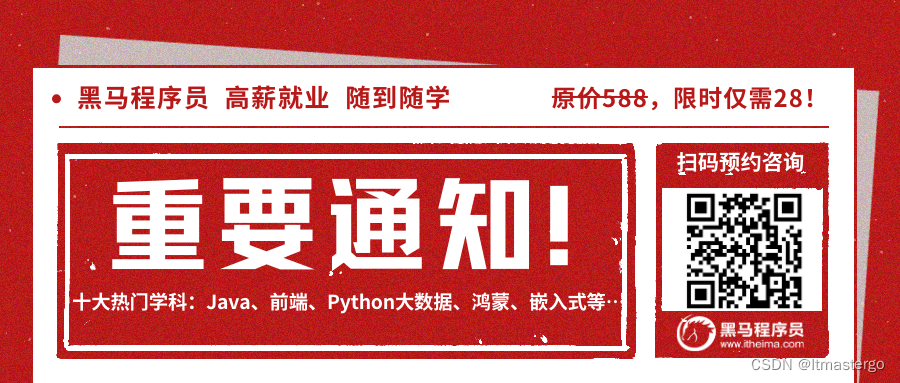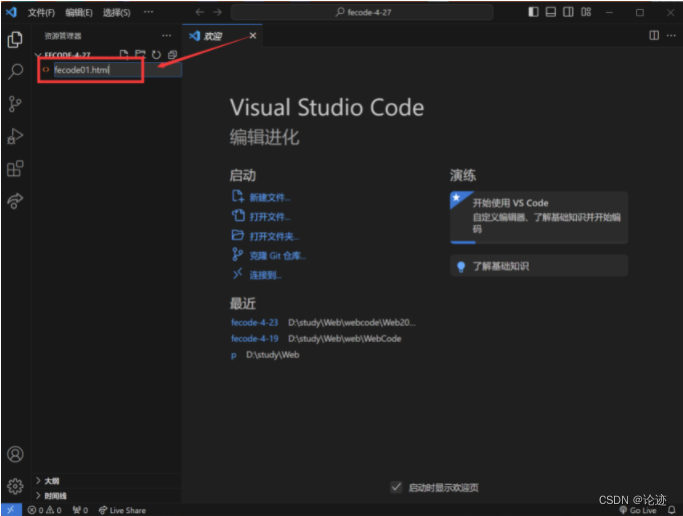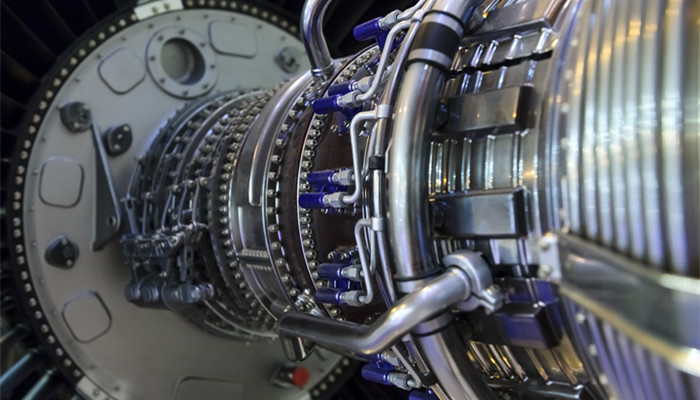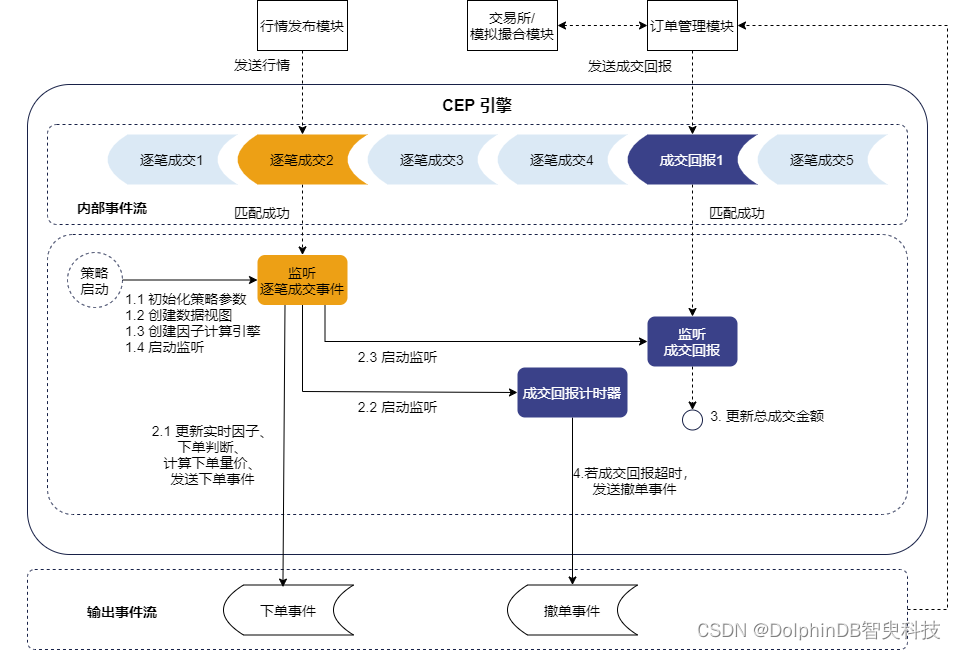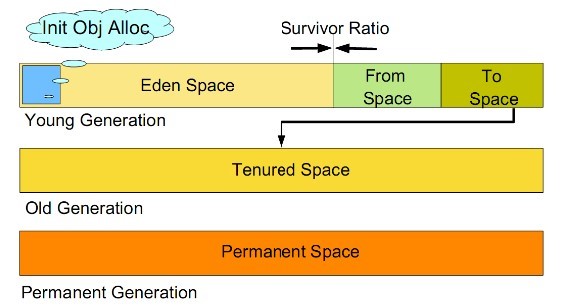在处理温度更新出现振荡问题时,可以考虑以下分析和解决方案:检查温度更新算法是否正确,可能存在错误导致振荡。检查温度更新的步长(时间步长)是否合适,步长过大可能导致振荡。检查系统动力学模型是否准确,可能存在模型不准确导致振荡。

1、问题背景
在 Python 程序中,通过 class 方法 “update()” 来模拟温度变化时,当 warp 值设置为较高数值(如 1000)时,温度会出现剧烈的振荡。所有温度均以开尔文表示,以简化处理。
2、解决方案
1. 问题分析
- 问题根源在于积分方案不合理。积分时间步长是 self.warp 个时间单位,即 self.warp 秒,这并不是正确的方法。
- 需要将方程转换为无量纲形式,即用某种计算单位表示每个项。例如,斯特藩-玻尔兹曼常数和 self.power 可以用这样的单位来衡量,该常数为 1。
- 然后,应确定对象的特征时间,例如温度达到某种程度的平衡温度所需的时间。如果存在许多这样的对象,则应找到所有特征时间中最小的一个,并将其用作时间的计量单位。
- 然后,积分时间步长应大约比特征时间小一个数量级,否则将完全错过微分方程的正确解,并最终出现剧烈的振荡。
2. 改进方案
- 将方程转换为无量纲形式,即用某种计算单位表示每个项。
- 确定对象的特征时间,例如温度达到某种程度的平衡温度所需的时间。
- 将积分时间步长设置为大约比特征时间小一个数量级。
3. 代码示例
import math
#Critical to the Stefan-Boltzmann equation. Otherwise known as Sigma
BOLTZMANN_CONSTANT = 5.67e-8
class GeneratorObject(object):
"""Create a new object to run thermal simulation on."""
def __init__(self, mass, emissivity, surfaceArea, material, temp=0, power=5000, warp=1):
self.tK = temp #Temperature of the object.
self.mass = mass #Mass of the object.
self.emissivity = emissivity #Emissivity of the object. Always between 0 and 1.
self.surfaceArea = surfaceArea #Emissive surface area of the object.
self.material = material #Store the material name for some reason.
self.specificHeat = (0.45*1000)*self.mass #Get the specific heat of the object in J/kg (Iron: 0.45*1000=450J/kg)
self.power = power #Joules/Second (Watts) input. This is for heating the object.
self.warp = warp #Warp Multiplier. This pertains to how KSP's warp multiplier works.
def update(self):
"""Update the object's temperature according to it's properties."""
#This method updates the object's temperature according to heat losses and other factors.
# Convert to dimensionless form
dimensionless_time = self.warp * self.characteristic_time
dimensionless_temperature = self.tK / self.equilibrium_temperature
# Update the dimensionless temperature
dimensionless_temperature -= ((self.emissivity * BOLTZMANN_CONSTANT * self.surfaceArea * (math.pow(dimensionless_temperature,4) - math.pow(30+273.15,4))) / self.specificHeat) - (self.power / self.specificHeat)) * dimensionless_time
# Convert back to physical units
self.tK = dimensionless_temperature * self.equilibrium_temperature
通过上面的方法,我们可以分析和解决 Python 程序中温度更新出现振荡问题。不同的问题可能需要不同的解决方案,需要根据具体情况选择合适的方法。如果大家有任何问题都可以评论区留言讨论。



